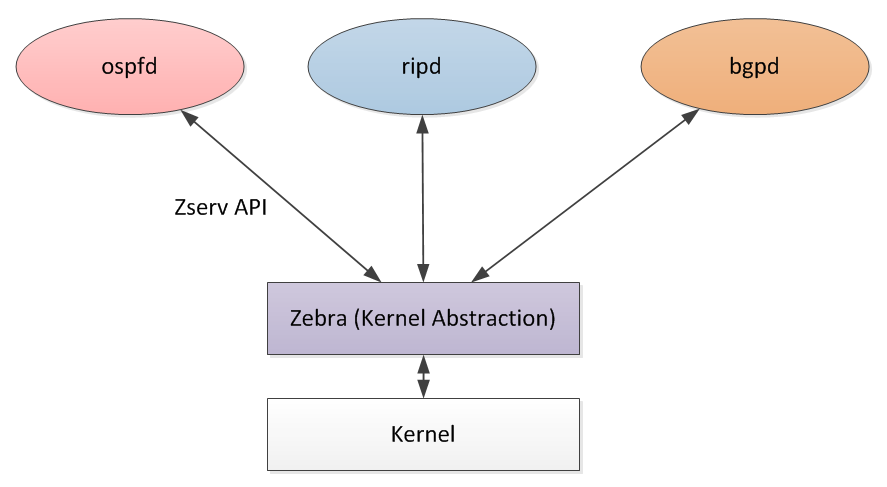Home security demystified: How to build a smart DIY system
Everyone wants their home to be safe and secure, yet only 17% of homeowners own a home security system. Why? Because traditional systems cost hundreds of dollars to install, require long-term contracts and mean a lifetime of monthly fees.
Today, however, wireless technology has blown the DIY home security space wide open. Homeowners and renters can now build and maintain their own custom-designed home security system easily and inexpensively.
In this guide, we’ll discuss the options for DIY home security systems that offer similar -- and in some cases, better -- functionality to traditional systems, at substantially less cost. From connected cameras to smart sensors and whole home systems (with no monthly fees), to simple all-in-one gadgets, read on to find peace of mind for the right price.
To read this article in full or to leave a comment, please click here
Cisco Live – Cisco Events App
Cisco Live is coming up fast, just over a week away as I write this. So I figured I would share some quick updates with you as you prep for the trip. Are you on Twitter? If you are be sure to add yourself to the Cisco Live 2015 Twitter list at Tom’s Corner – […]
The post Cisco Live – Cisco Events App appeared first on Fryguy's Blog.
What is OAM – Operation, Administration, Maintenance ?
OAM is a set of tools that have been used to provide network fault indication, performance information, fault localization, data and diagnosis functions. In different standard bodies usage of OAM is slightly different thus it creates a confusion among the engineers. IETF published a best practice RFC to clarify the OAM acronym. RFC 6291 ” Guidelines… Read More »
The post What is OAM – Operation, Administration, Maintenance ? appeared first on Network Design and Architecture.
Docker Security Tools and Upcoming Webinar
I wanted to follow up on our recent security blog post on May 5th introducing the CIS Benchmark and our Docker white paper. Having the documents is useful, however the ability to easily put these benchmarks into practice is equally … ContinuedDon’t Be Overly Enthusiastic about Vendor Claims (This Time It’s Brocade)
I was running the first part of the Data Center Fabrics Update webinar last week, mentioned that Brocade VDX 6740 supports Flex ports (a port you can use as Fibre Channel or 10GE port), and someone immediately wrote a comment saying “so does VDX 6940”. I was almost sure Flex ports aren’t available on VDX 6940 yet, and as always turned to vendor documentation to figure it out.
As expected, the data sheet is a bit vague, somewhat reflecting reality, but also veering into the realm of futures instead of features. Here’s what they say:
Read more ...Open Source Routing: A Comparison
I have been getting more interested in open-source networking software, and I figured it was time to write a post comparing some of the more popular open source projects in this space.
Not only do we have several options (which hasn’t always been the case) for running routing protocols in FOSS, but we also have a variety of use cases that are increasing in popularity (using BGP for SDN-type purposes, not just to do internet peering). So isn’t an idea limited to enthusiasts who like to spin their own router - this kind of software has very interesting large-scale applications as well.
This won’t be a comprehensive list, just the top three that I’ve been looking into. I also won’t be going into too much detail on how to set all this software up - I’m saving that for a follow-up post.
Quagga
Quagga is at the top of this list primarily because from my perspective, it is the most well-known. It is best to think of Quagga as a collection of smaller daemons, each with a specific task. This task may be to run a routing protocol like OSPF or BGP, or it may be something else.
In this Continue reading
